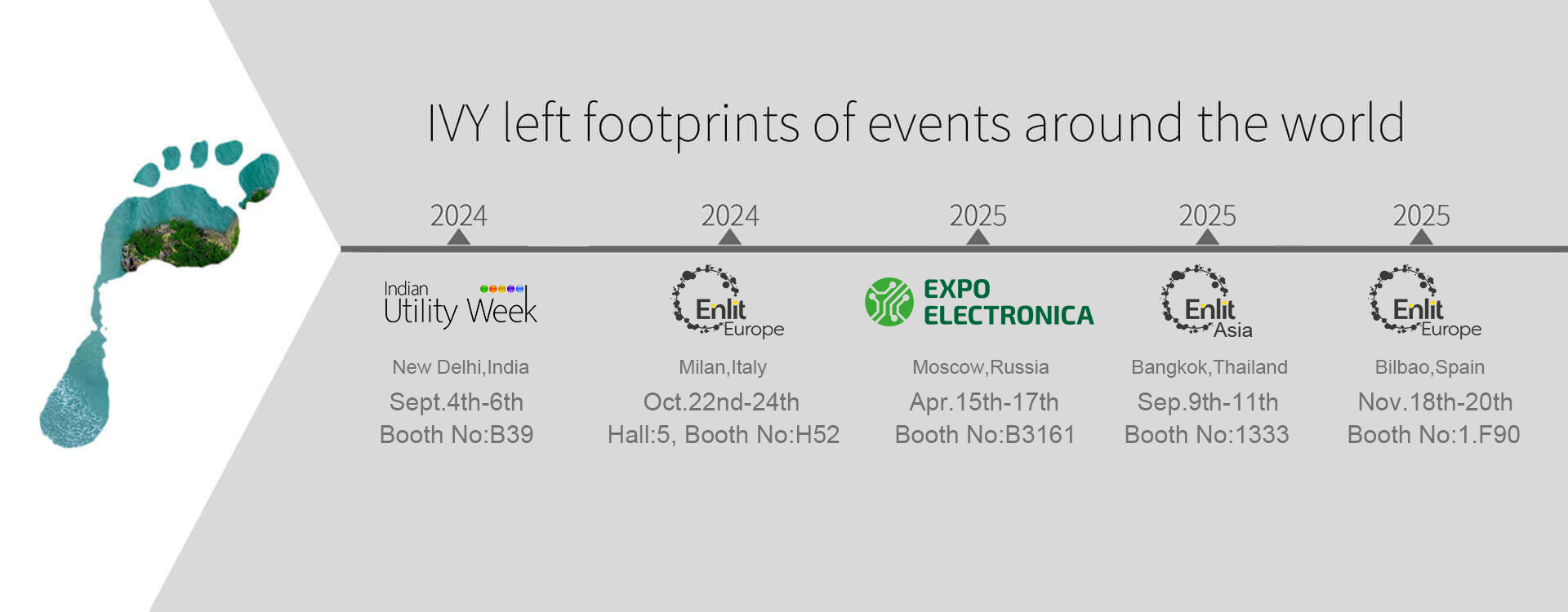MD0630T41A RCD Leakage Current Sensor for EV Charger Project
In early June 2021, the German government launched an economic stimulus plan of 130 billion euros. Specific to the automotive industry, Germany will allocate 50 billion euros to promote the development of electric vehicles and expand the construction of charging infrastructure, and increase the amount of electric vehicle subsidies. As planned, the German government will invest 2.5 billion euros in battery production and charging infrastructure. In fact, in September last year, the "Climate Protection Plan 2030" issued by the German federal government proposed to build 1 million charging piles in Germany by 2030. The vigorous construction of charging piles adapts to the development of the automobile industry, and the issue of charging safety cannot be ignored.
The leakage current sensor is an important EV accessory for monitoring leakage current, residual current and error current. This product is very popular in the German and even European markets. The following briefly describes the importance of the leakage current sensor and the MD series leakage current sensor launched by IVY.
Demand for leakage current detection on new energy charging piles
With the continuous growth of new energy vehicles, electric vehicle safety accidents have occurred frequently, and electricity safety has been put on the agenda. Fire accidents account for a large proportion.
New energy vehicles use AC and DC links as power conversion and transmission. In the process of AC and DC conversion and transmission and use, it is inevitable that DC residual current will be generated. In addition to the traditional power frequency residual current, it may also be Various frequency AC, smooth DC, pulsating DC and compound AC and DC residual current, that is, the range covered by B-type residual current.
Hazards of leakage current Hazards to people:
The hazard of electric leakage is closely related to time. In the case of electric shock protection devices, the current allowed to pass through the human body can generally be considered as 30mA, and 10mA is the safe current for the human body. DC leakage will also cause damage to the human body.
The International Electrotechnical Commission "IEC 61851-1 Electric Vehicle Conductive Charging System Part 1: General Requirements" has clear requirements in Section 8.5 residual current protection equipment: clearly use Type B leakage protection or Type A leakage protection in electric vehicles + DC6mA smoothing DC residual current detection protection.
Power distribution requirements of charging pile system
IC-CPD (Charging Mode 2)
Residual current detection module (Type A leakage + DC6mA protection device or Type B leakage)
The disconnecting device adopts relay or contactor
AC charging pile (charging mode 3)
Type B RCD can be used as the main protective device on the input side of the power supply or the input side of the charging branch
DC charging pile (charging mode 4)
Type B RCD can be used as the main protection device on the input side of the power supply or the input side of the charging branch.
MD0630T41A is an AC DC leakage current sensor (RCD/RCM) is intended to detect dangerous residual currents and thereby mitigate the risk of electric shock or fire. In the case of EV charging, there is a risk of AC and DC residual currents, and it is vitally important that the RCD can be used to detect AC and DC residual currents. It will protect against DC (6mA) and AC (30mA) residual currents, and will signal to the Smart EVSE, if a fault occurs.
To satisfy new standards including IEC 62752 and IEC 62955 etc, the charging of electrical vehicles requires residual current sensors to avoid hazardous situations in cases where the vehicle battery (DC) is connected to the home power supply (AC). Generally, AC/DC sensitive residual current sensors can be used where direct current and alternating current circuits are directly connected and therefore AC/DC leakage currents can occur.
Typically type A residual current circuit breakers (RCCBs) are installed in private households. However, these RCCBs are to identify and deactivate DC fault currents. In order to charge an electric vehicle (EV) from a home power supply, a costly type B RCD would be required to guarantee safety in the event of a DC fault current. By using the MD series leakage sensor in an IC-CPD or a wall box, the requirements for electrical safety and all-current fault detection can be fulfilled.
It is believed that under the policy blessing of various governments and the joint efforts of power utilities, car manufacturers and oil companies, the construction of European charging piles will usher in a climax in the next few years, which will further promote local electric Further development of the automotive market. In order to ensure the safety of charging, a leakage current sensor is essential. If you want to know more about leakage current, please leave a message on our official website: https://www.ivy-metering.com/residual-current-monitor/












